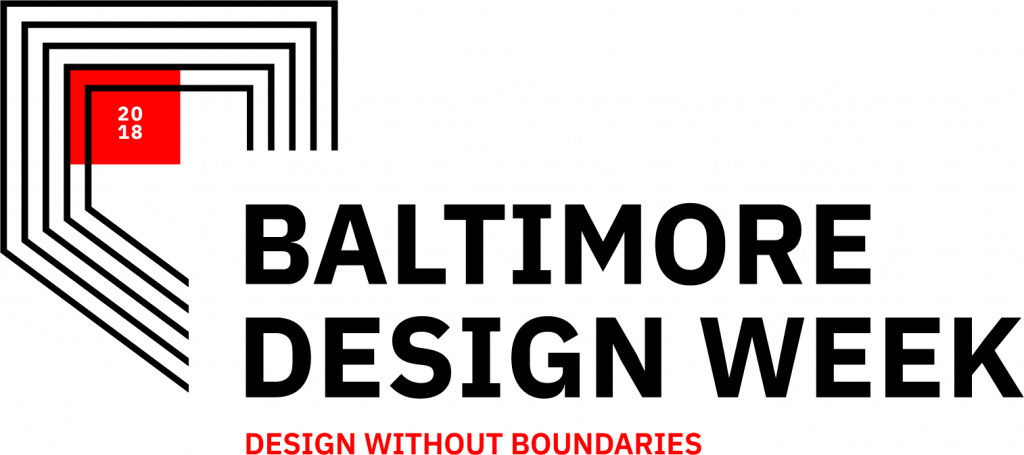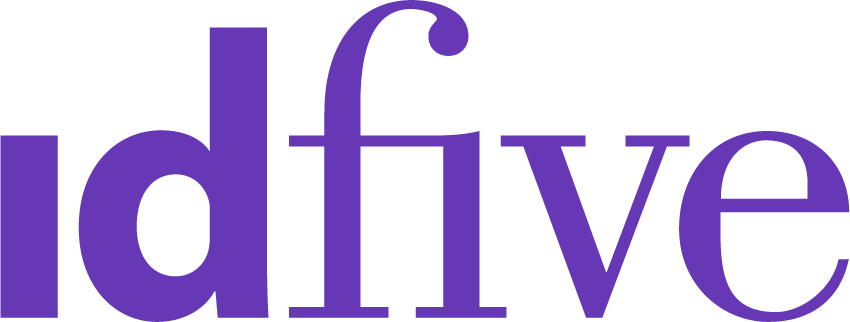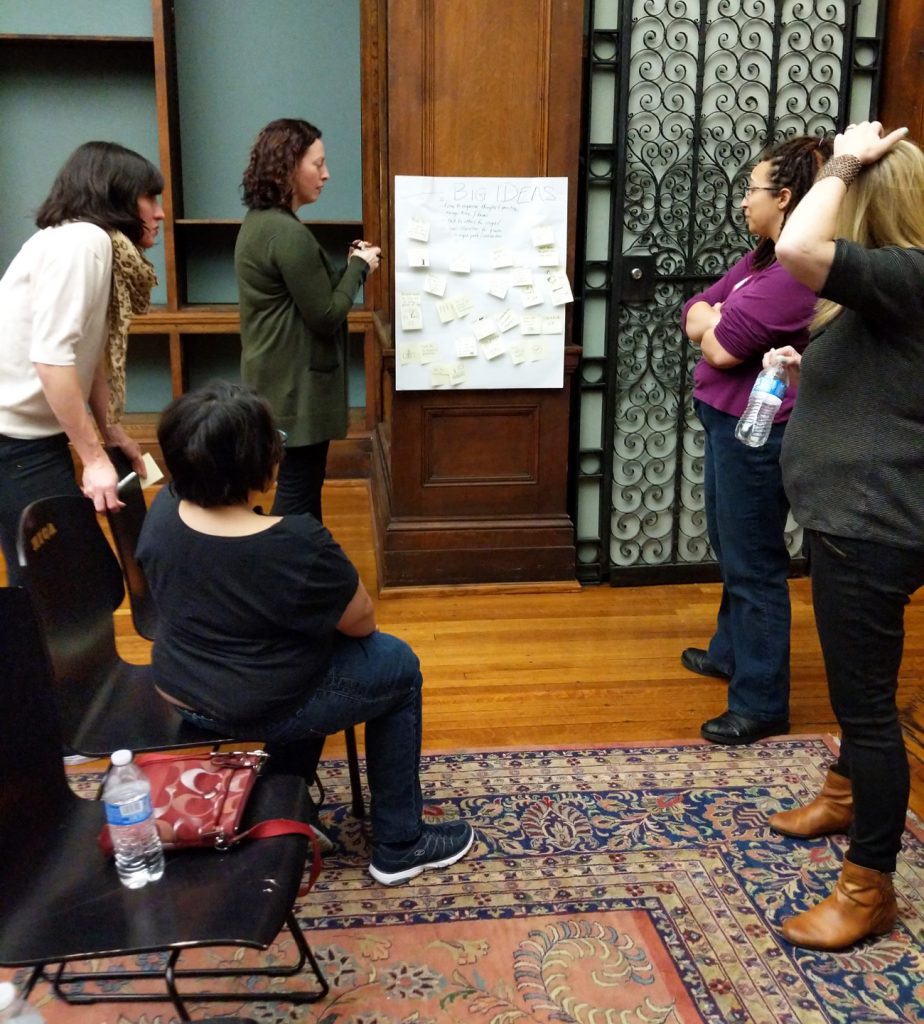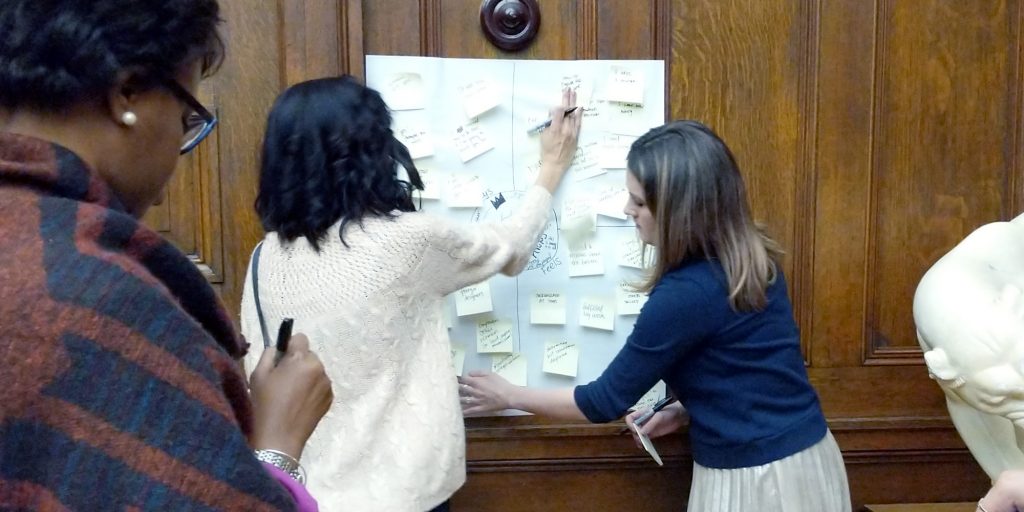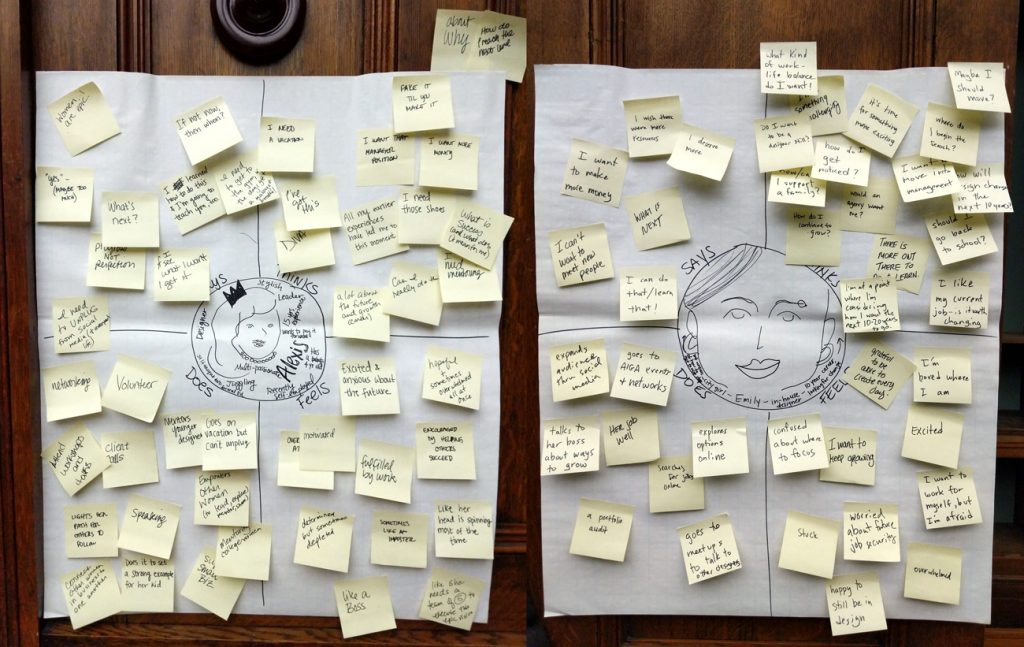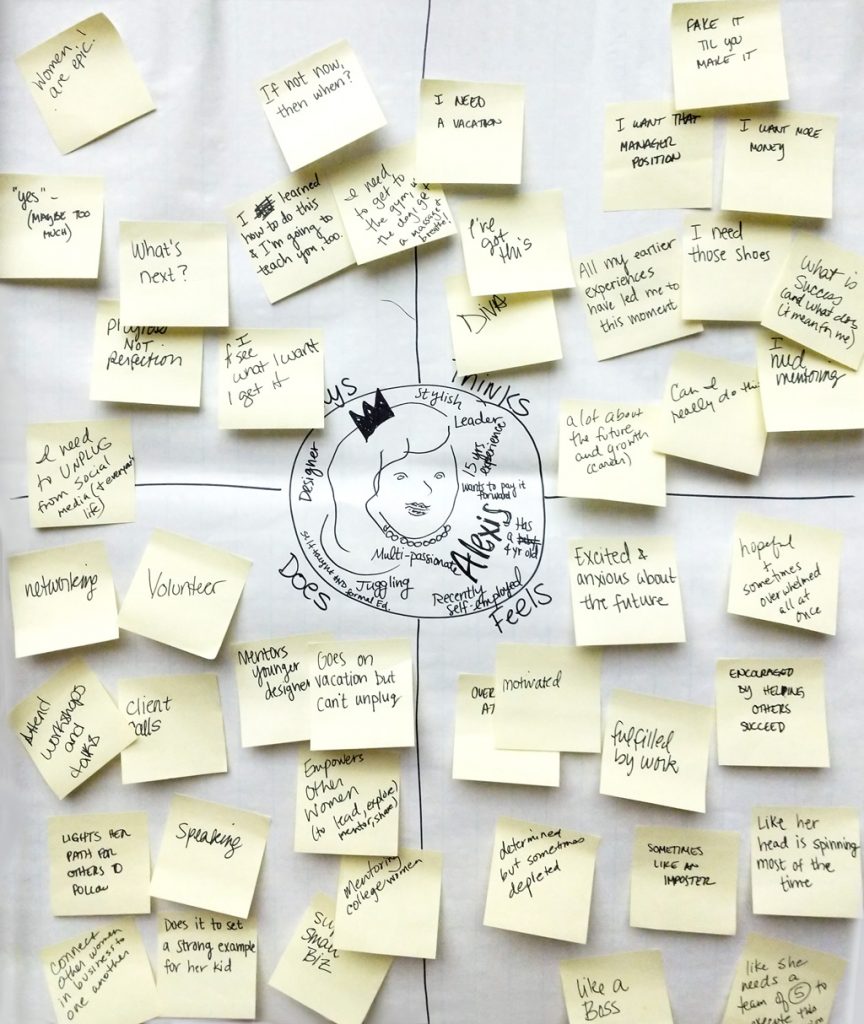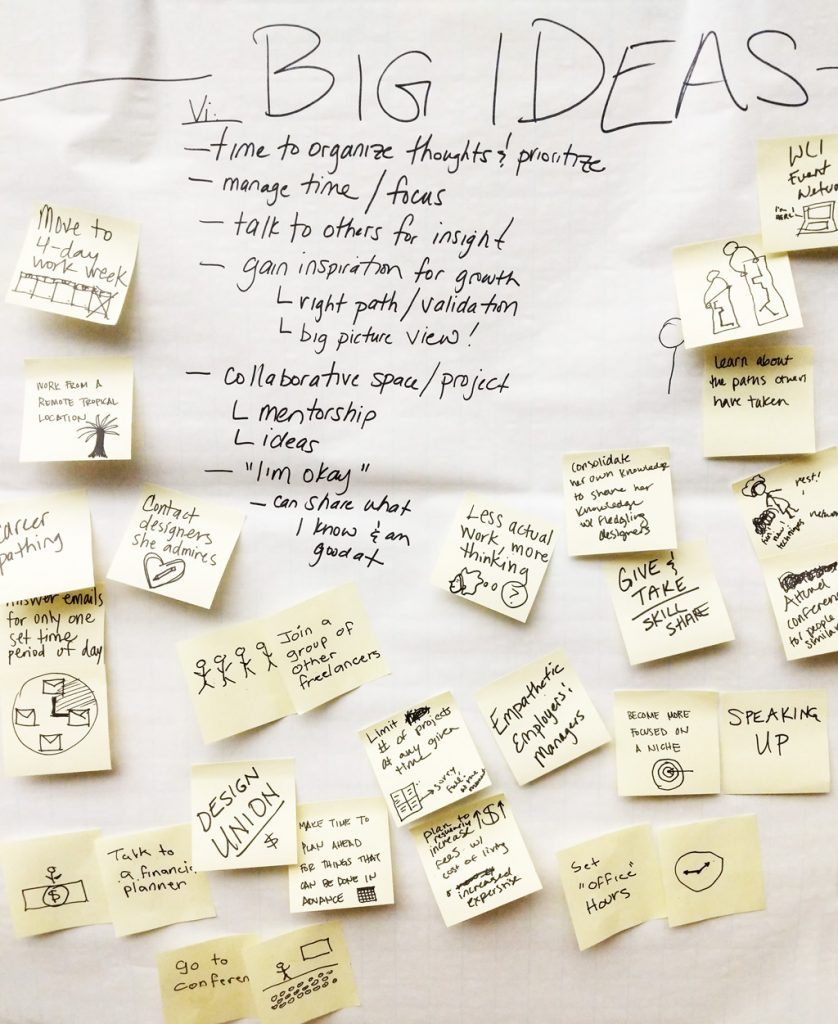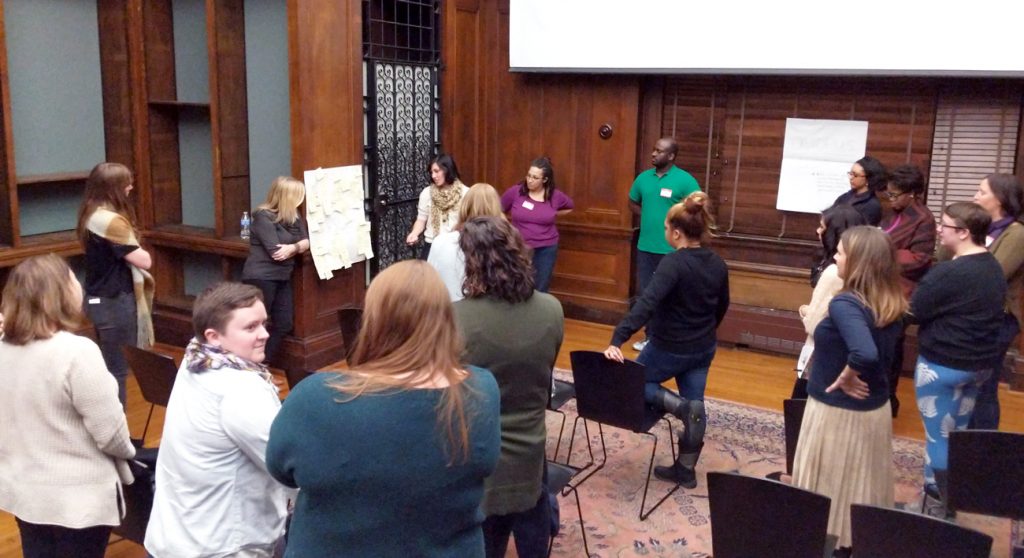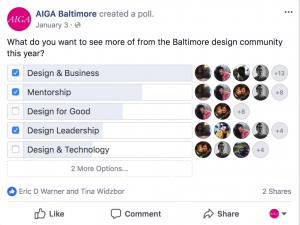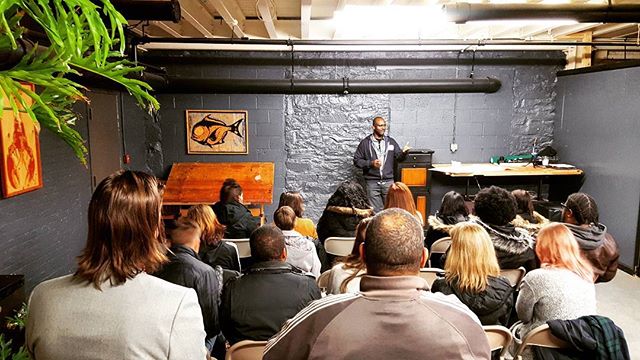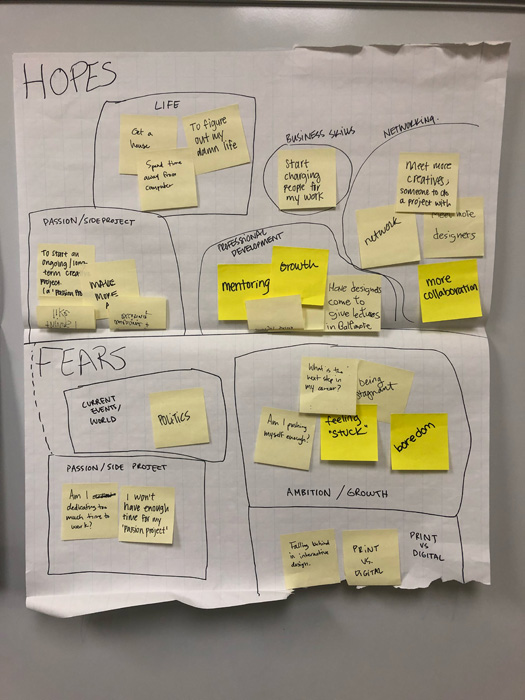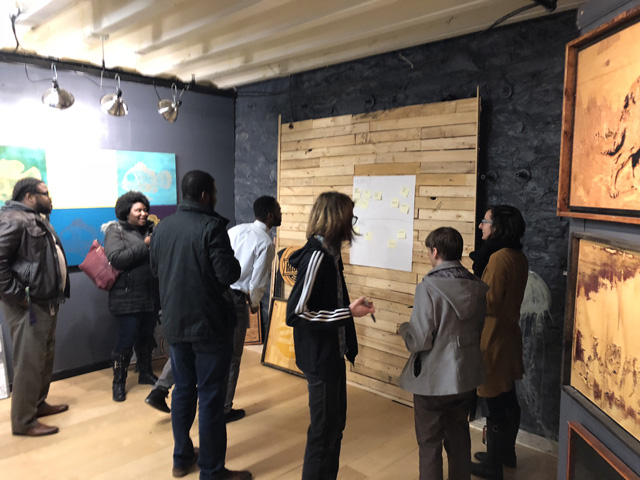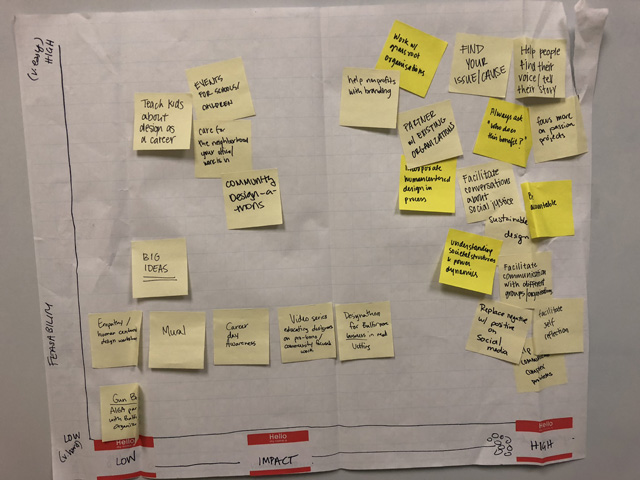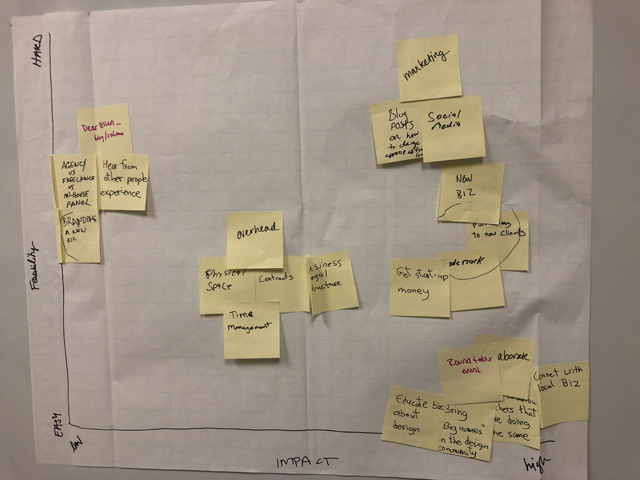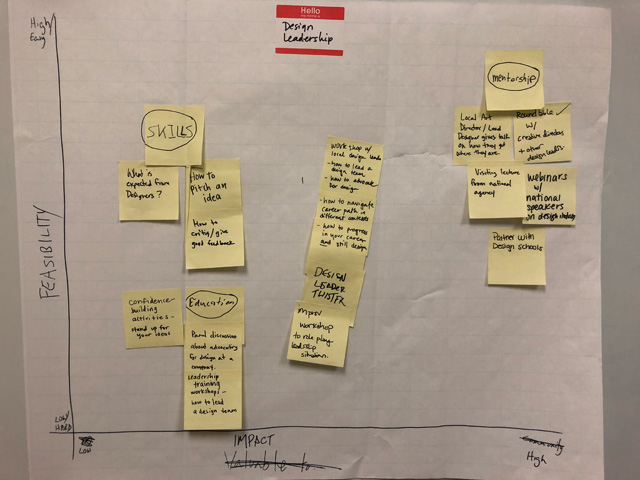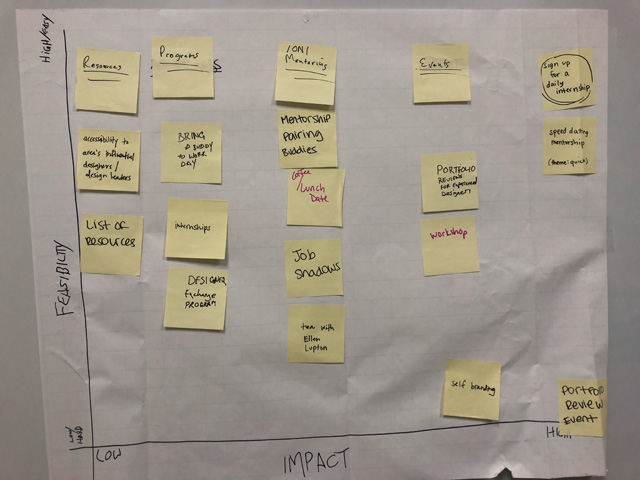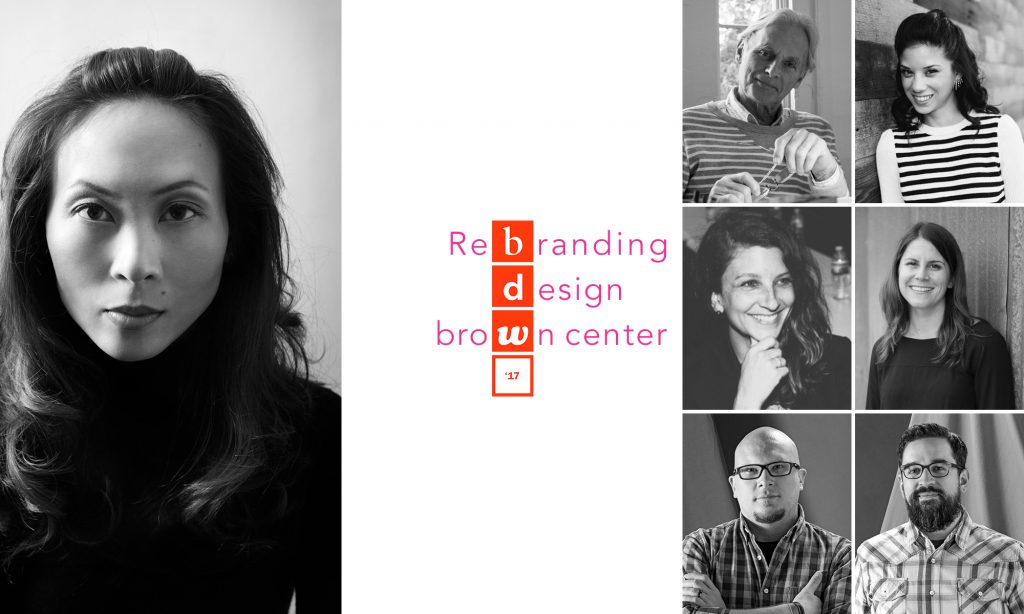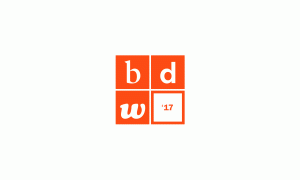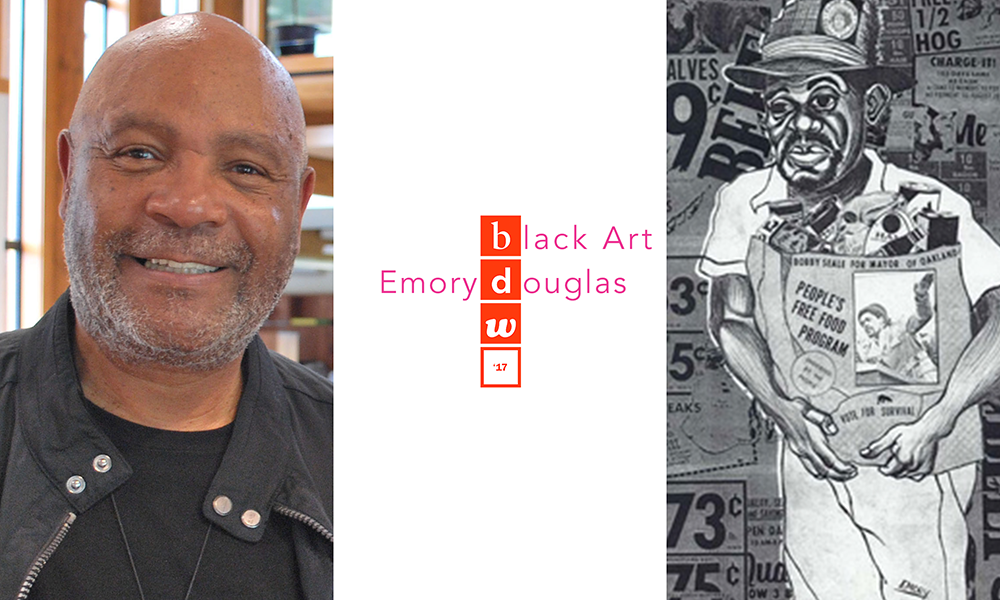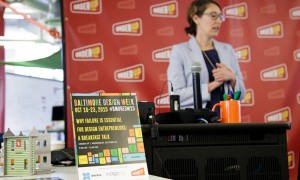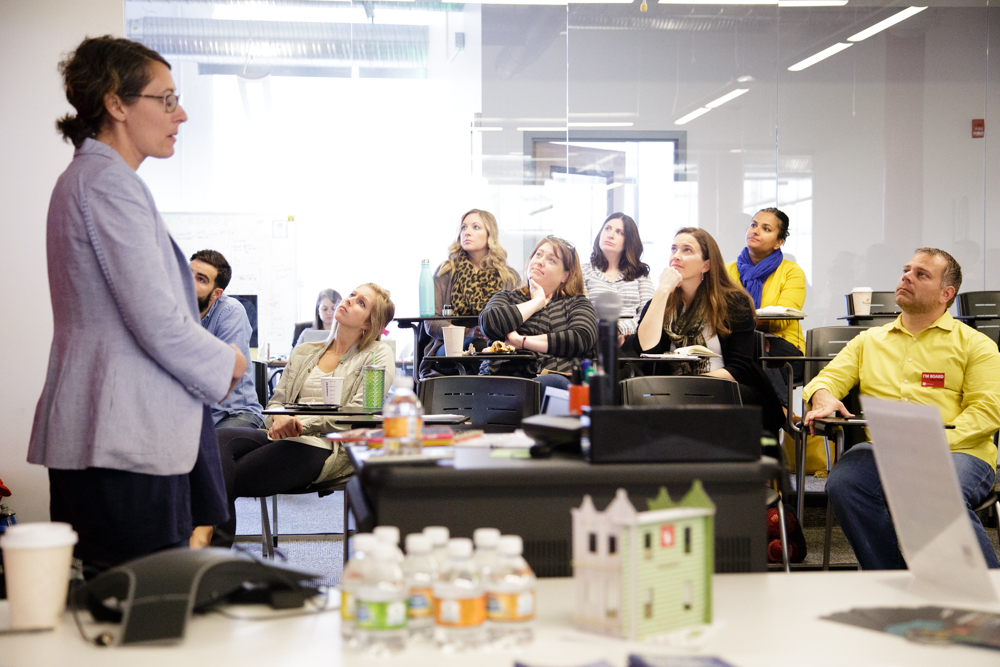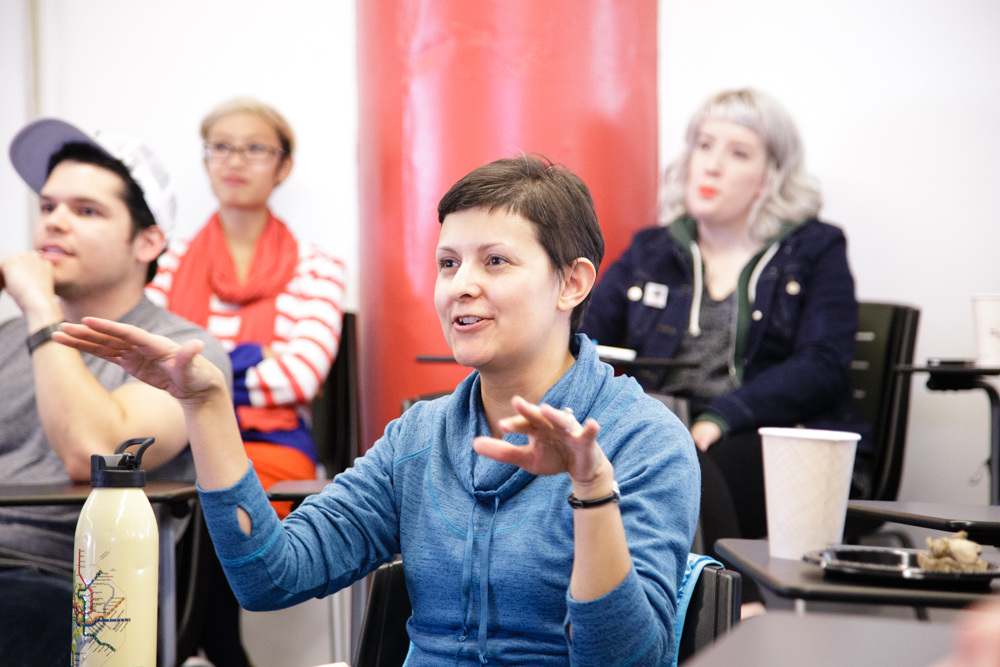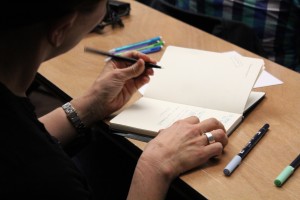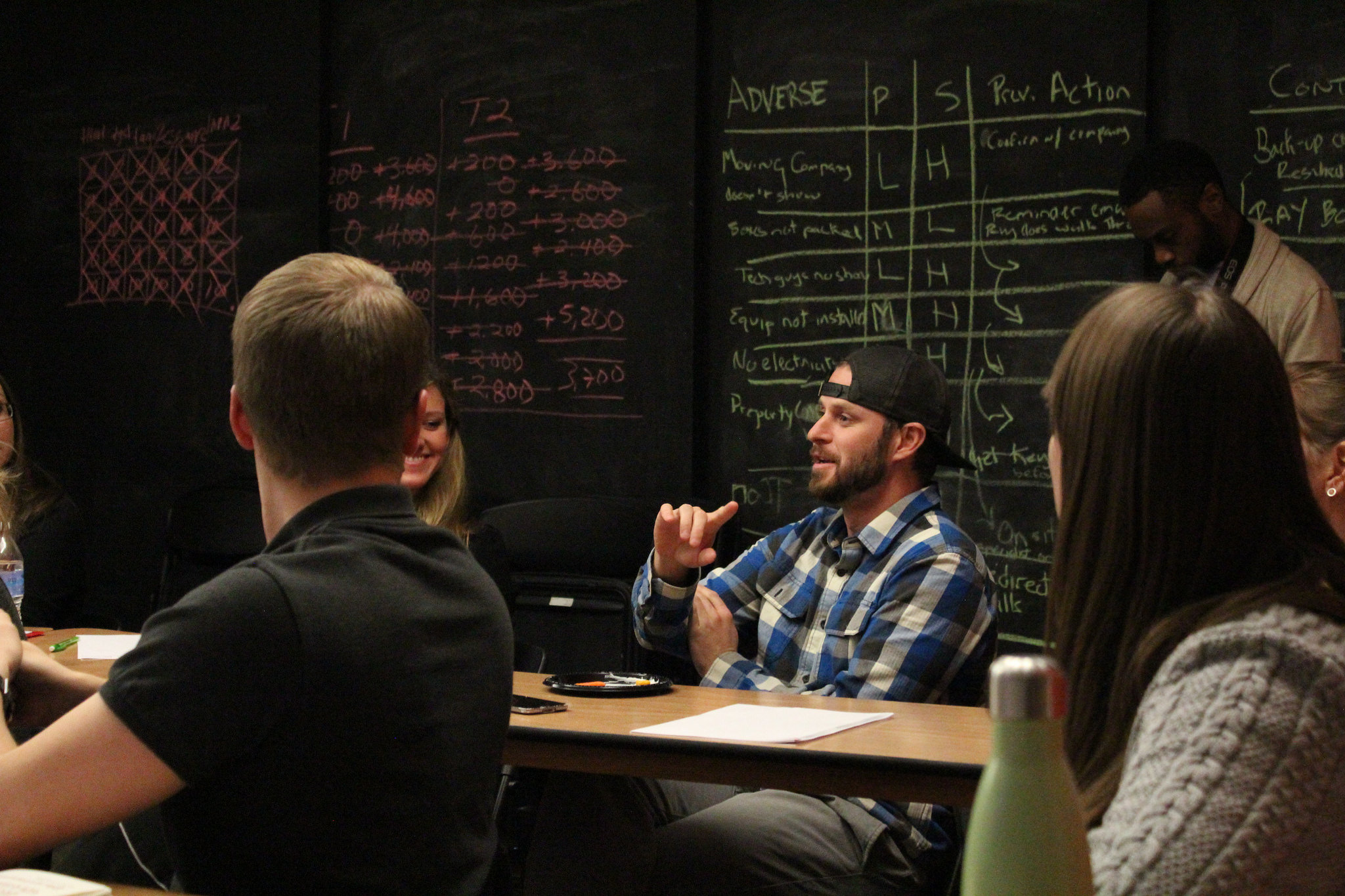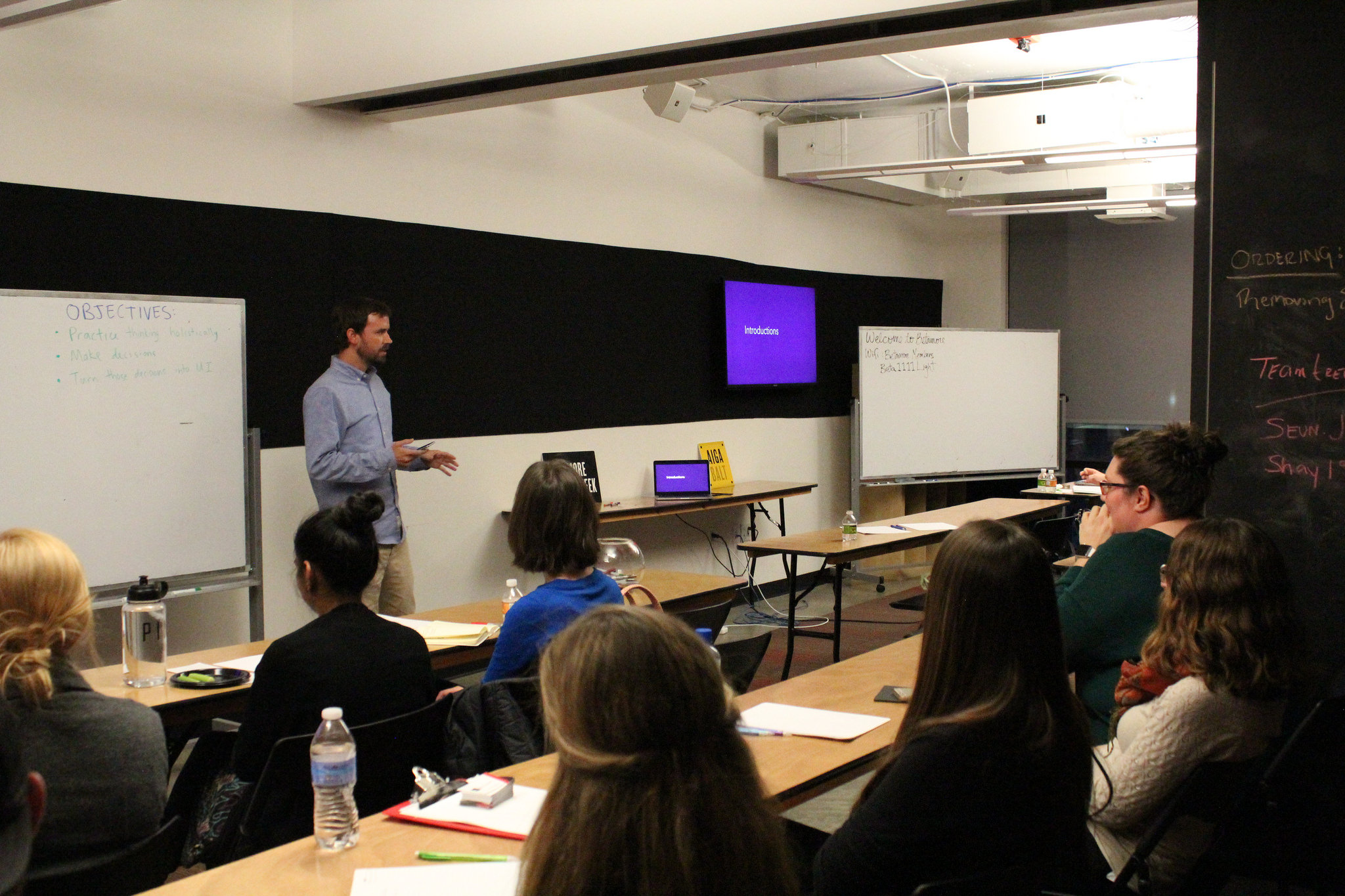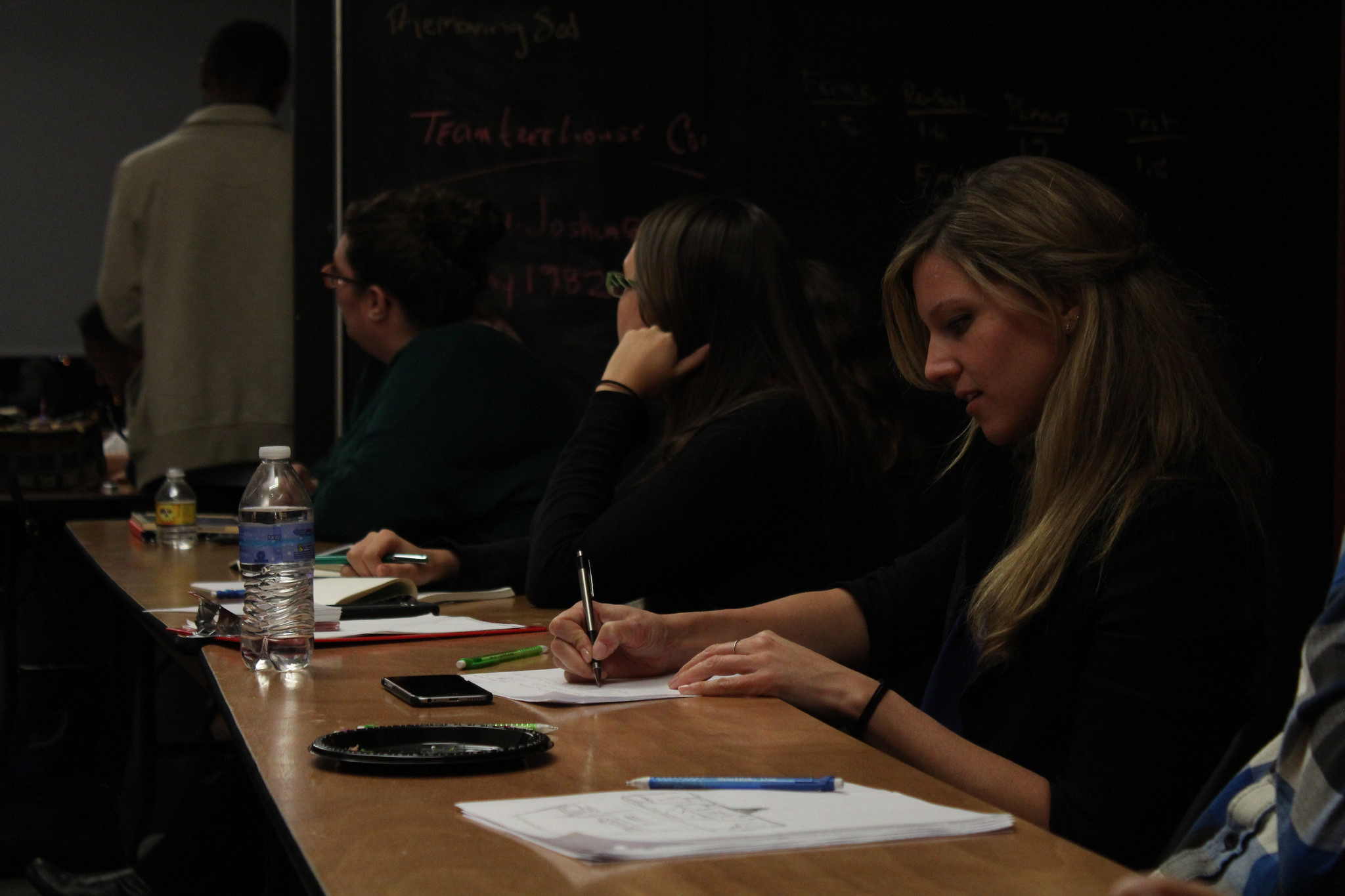It is always an honor and a pleasure to have Ellen Lupton present. A huge thank you to Ellen for her generosity in delivering the recent talk on Futurism(s) as well as writing this article, for those who weren’t able to listen live.
On Wednesday, April 22, 2020, Baltimore’s stalwart design history group launched its new identity. Formerly known as SHAG (Society for History and Graphics), the group is now called SoDA, Society of Design Arts. It was my pleasure to deliver a talk called “Futurism(s)” as SoDA’s first event, in collaboration with AIGA Baltimore and Stevenson University. This online event attracted over 200 guests from the Baltimore region and beyond. Thanks to SoDA’s energetic new member Raquel Castedo, many designers from Brazil logged on to hear the talk and participate, as well as people from Utah, Tennessee, and elsewhere.
Below is my short summary of the talk, which was not recorded. —Ellen Lupton
“Futurism(s)” represents an approach to teaching Graphic Design History. At MICA, my colleague Brockett Horne and I are striving to tell a more inclusive history of design than the chronology we learned back when we were students. Most GD History courses include an ode to Italian Futurism. This canonical all-male art movement can be a leaping-off point for discussing other forms of future-leaning art and creativity. “Futurism(s)” is a talk with three chapters: Italian Futurism, Afrofuturism, and the Cyborg Manifesto.
Italian Futurism
Italian Futurism was launched by F. T. Marinetti in 1909. Frankly, it’s hard to find a more patriarchal, exclusionary, white-dominated movement in the history of design-isms. Marinetti expanded our view of the printed page with his innovative typography, but he infused his ideas with hatred and violence. He wrote, “We will glorify war—the world’s only hygiene—militarism, patriotism, the destructive gesture of freedom.” He wanted to destroy museums, libraries, and schools in order to make way for a factory-born future.
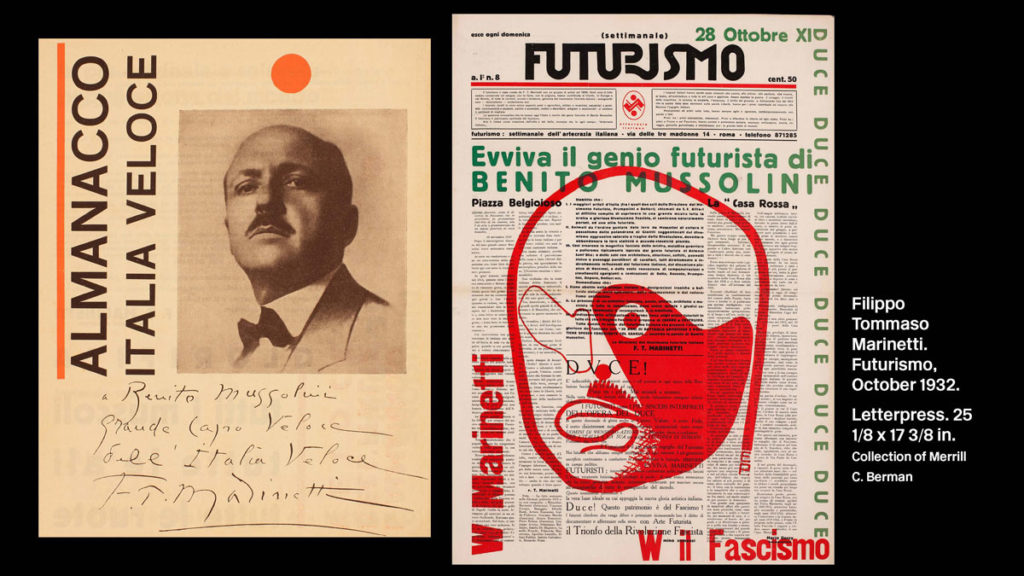
Although Italian Futurism scorned women and embraced fascist ideology, the Futurists explored liberated styles of masculinity. The Futurist painter Giacomo Balla, who published his “Futurist Manifesto of Men’s Clothing” in 1913, dreamed of menswear tailored with interactive fabrics that could be changed at will to represent a man’s shifting moods: “Loving, Arrogant, Persuasive, Diplomatic, Unitonal, Multitonal, Shaded, Polychrome, Perfumed.” Italian Futurism took place in a particular place and time, and many of us reject its politics while admiring its revolutionary aesthetics.
Afrofuturism
Afrofuturism is a movement in music, art, and literature that arose in the 1950s and continues today. (The term was invented by critic Mark Dery in 1994.) Afrofuturism embraces world-building, a creative methodology arising from science-fiction and gaming. World-building emphasizes mythic time rather than historical time. It employs storytelling across many genres, from novels, comic books, and toys to fashion, movies, music, and fan fiction. World-building actively engages an audience in experiencing a world that is both real and imagined.
Afrofuturist artists include the musician Sun Ra (1914–1993), an American jazz composer, bandleader, and poet who claimed to be an alien from Saturn—and always dressed appropriately for his role, building a mythic world around his persona. George Clinton’s funk band Parliament created their own “P-Funk mythology,” generating an elaborate backstory to the music. The Afrofuturist album covers of the 1960s and 70s featured space ships, Egyptian pyramids, and other symbols of cosmic knowledge. Today, a new generation has brought feminist identities to Afrofuturism. Artists including Solange Knowles, Rihanna, and Janelle Monae use sound, performance, fashion, and storytelling to build vivid worlds ruled by warrior queens and rebellious androids.
Billy Graham was the first black art director in the comics industry. In addition to creating a character called Luke Cage, based on Blaxploitation action films, Graham was the main comic artist to work on the Black Panther comic book series, from 1969 through 1976. These comics continue to be published today, with storylines created by renowned Black authors including Ta-Nehisi Coates and Roxane Gay. In 2018 Ryan Coogler directed the international blockbuster film The Black Panther, featuring production design by Hannah Beachler and costumes by Ruth E. Carter. Together, this creative team designed a high-tech civilization that combines aspects of contemporary African urbanism, architecture, and fashion with futuristic details.
Each of these exercises in Afrocentric world-building questions culturally dominant readings of technology. Mainstream representations of the future—whether utopian or dystopian—have pictured technology as a primarily white, male instrument of power, in contrast with subjugated human bodies that are seen as female and/or non-white. These artists have transformed how technology is represented and understood across cultures.
The Cyborg Manifesto
Donna Haraway’s essay “Cyborg Manifesto” (1985) represents a third vein of futurist design and philosophy. Haraway questions the binaries that privilege white, male, human creatures while “othering” countless alternative modes of life. The cyborg is a being who is both biological and mechanical. The cyborg challenges cultural binaries such as male/female, animal/human, and human/machine. According to Haraway, cyborgs don’t appear only in science fiction. The cyborgs have arrived! They are here among us! Examples of cyborg life include A.I., virtual reality, bioengineering, psychoactive drugs, and countless medical technologies, from fertility treatments to cloning and transgender medicine. Fashion has always altered the body, while people with physical differences use wheelchairs, prosthetics, glasses, and hearing aids to expand their mobility and change their sense perceptions.
Designers working in the field of speculative design use techniques such as illustration, model-making, animation, and photo-illustration to imagine new, often dystopian futures. In their project Life Support: Respiratory Dog (2008), Revital Cohen and Tuur van Balen explored whether a dog could breathe for a human being. Living “service animals” help humans overcome many sensory and emotional challenges; the designers ask, why not have service animals augment our essential biological functions as well? The project is intended to be fictional and provocative, not realistic.
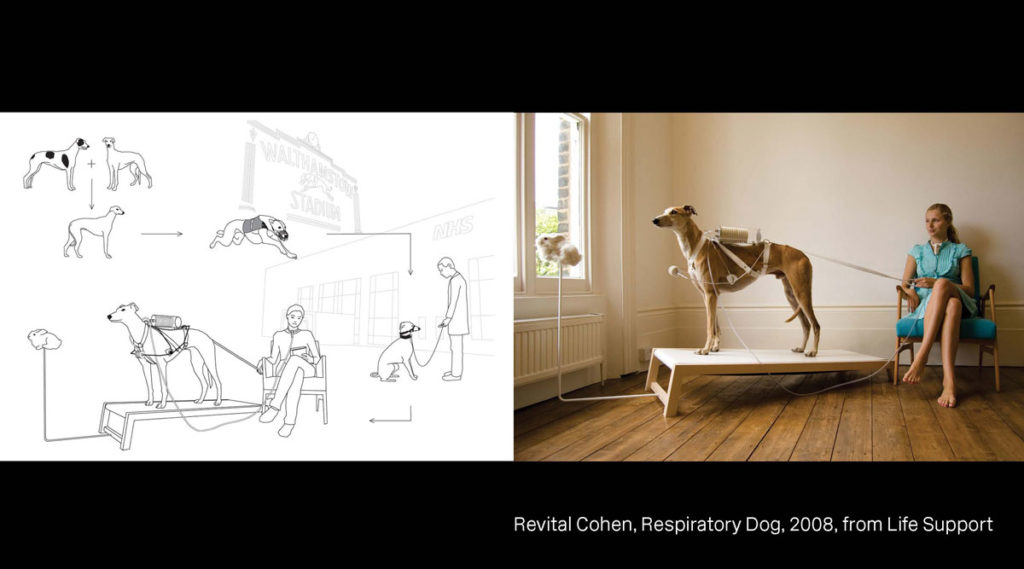
Despite its fictional aims, Respiratory Dog has assumed new relevance today, a time when thousands of patients with severe Covid-19 require artificial life support. Every intubated Covid patient is a cyborg. Devices for respiratory life support are landmarks in the history of design and medicine. The Negative Pressure Ventilator—also known as the “iron lung”—was used to artificially ventilate patients who were paralyzed by polio. An iron lung encloses the user’s body in a negative-pressure chamber. Rhythmic pressure changes inside the chamber cause the person’s lungs to expand and contract. Thousands of these machines were mass-produced for use in homes and care facilities before the discovery of the polio vaccine in 1955. Iron lungs were eventually replaced with positive-pressure ventilators, which force air in and out of the patient’s lungs through the airway rather than exerting pressure against the chest. These modern ventilators require heavy sedation and put tremendous strain on the body. Today, modern versions of the iron lung are being reconsidered as a technology that is less expensive and more humane than a standard ventilator. One such prototype, Exovent, is being developed in the UK (as of April 2020). According to the developers of this old/new medical technology, the Exovent is a simpler, cheaper, and less invasive technology; it allows patients to remain awake, to eat, drink, and take medications on their own, and to talk on their phones.
What is “futurism”? All futurist movements, from Italian Futurism to Afrofuturism and speculative design, are opportunities to challenge the present by picturing what comes next. Designers are imagining the future whenever they question how things look, work, or signify in the current moment. Sometimes, the future arrives on the wings of catastrophe. Sometimes, the future must be created by excavating the past. Design history doesn’t have to be chronological. Like world-building, design history can pursue ideas across simultaneous and overlapping dimensions.
Bibliography
- Reynaldo Anderson, “Afrofuturism 2.0 & the Black Speculative Arts Movement: Notes on a Manifesto,” Obsidian, Vol. 42, No. 1/2, (2016), pp. 228-236
- Yytasha L. Womack, Afrofuturism: The World of Black Sci-Fi and Fantasy Culture (Chicago Review Press, 2013).
- Ruth la Ferla, “Afrofuturism: The Next Generation,” New York Times, December 12, 2016, https://www.nytimes.com/2016/12/12/fashion/afrofuturism-the-next-generation.html
- Anthony Dunne and Fiona Raby, Speculative Everything: Design, Fiction, and Social Dreaming (Cambridge: MIT Press, 2014).
- Donna J. Haraway, Simians, Cyborgs, and Women: The Reinvention of Nature (New York: Routledge, 1991).
- Dan Hassler-Forest, “The Politics of World Building: Heteroglossia in Janelle Monáe’s Afrofuturist WondaLand,” World Building, ed. Marta Boni (Amsterdam University Press, 2017).
About the Author
Ellen Lupton | Senior Curator of Contemporary Design at Cooper Hewitt, Smithsonian Design Museum in New York City. Her exhibitions include “How Posters Work,” “Beautiful Users,” and “The Senses: Design Beyond Vision.” Lupton is founding director of the Graphic Design MFA Program at MICA in Baltimore, where she has authored numerous books on design processes, including “Thinking with Type,” “Graphic Design Thinking,” and “Graphic Design: The New Basics.” Her recent books “Design Is Storytelling” and “Health Design Thinking” were published by Cooper Hewitt. She is an AIGA Gold Medalist and a Fellow of the American Academy of Arts & Sciences.
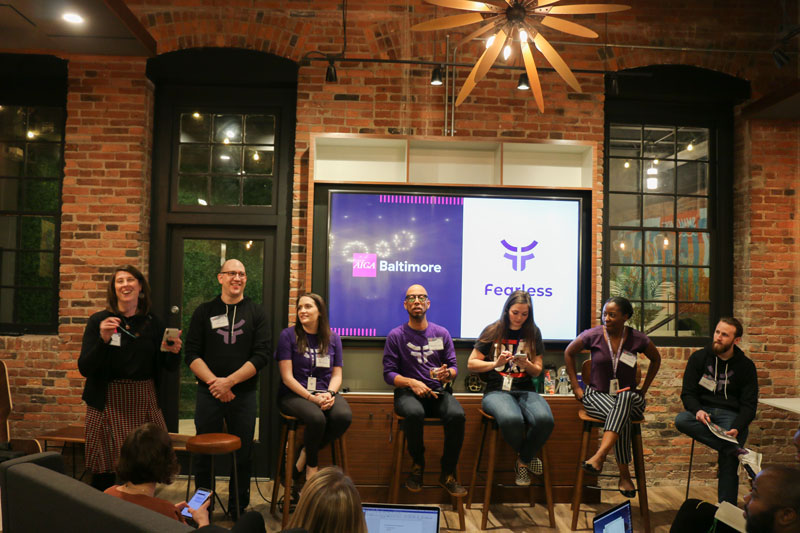
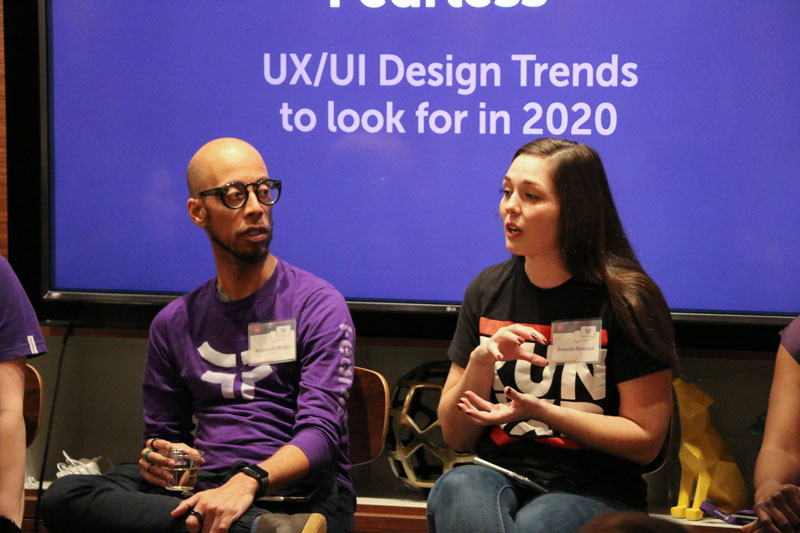
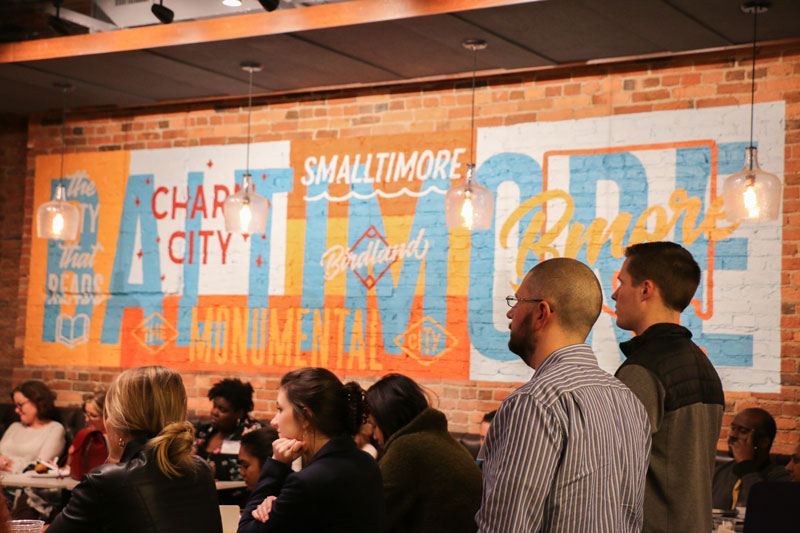
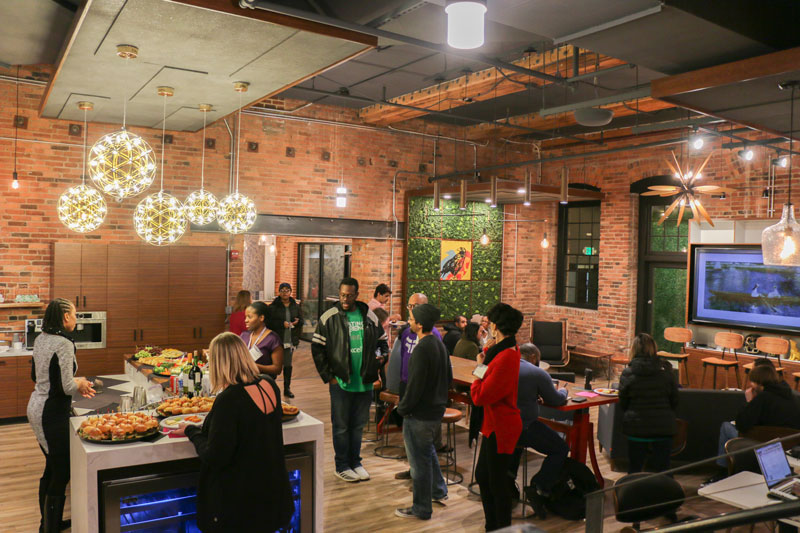
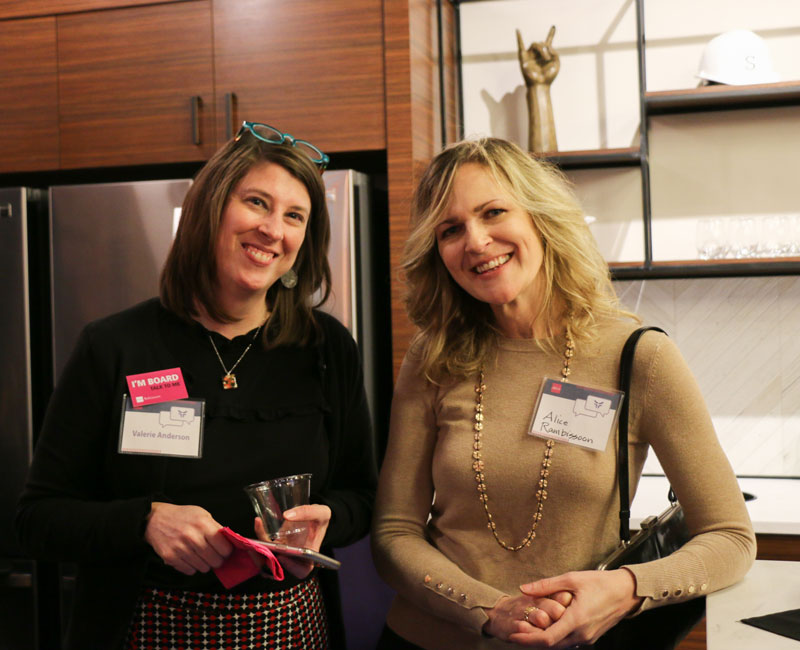
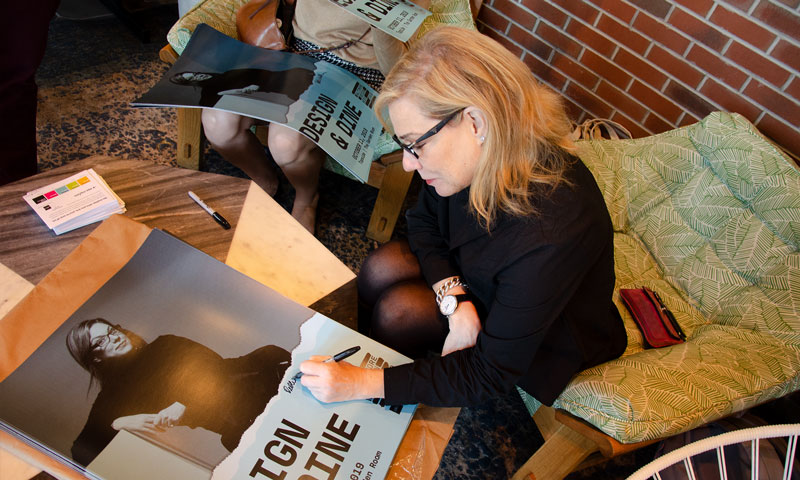
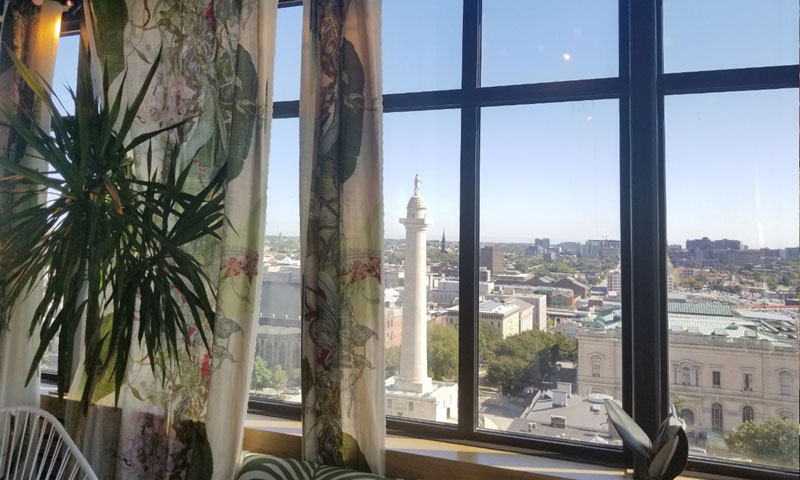
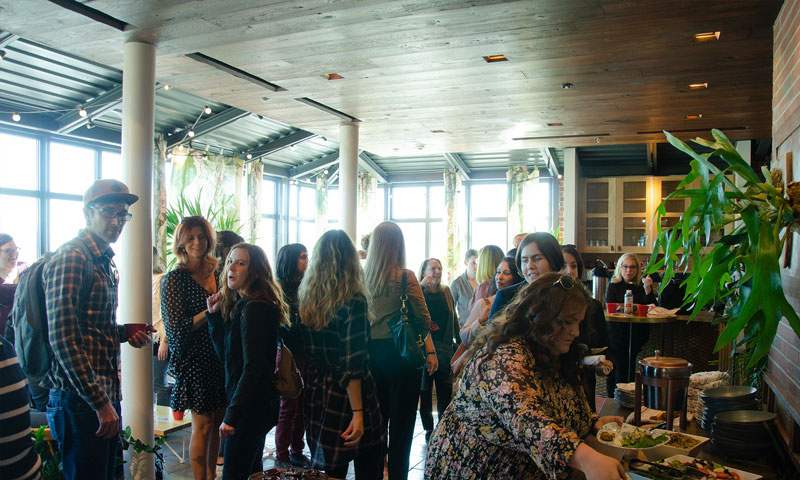
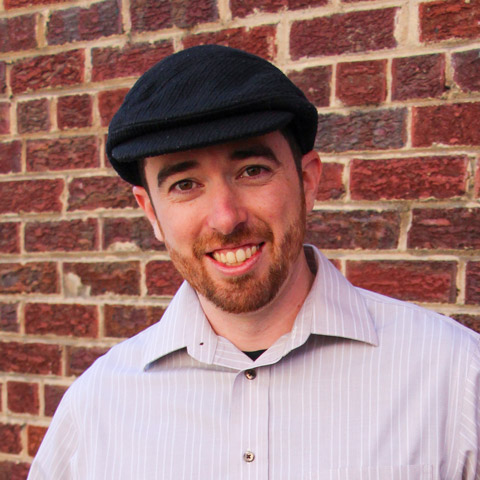 Rob Maguire has over 15 years’ experience providing graphic design and marketing services to businesses of all sizes. After changing gigs each time his wife switched jobs and cities, Rob decided to begin his role as an independent creative. His experience working as an agency art director, and later as an in-house senior package designer has cultivated a knack for understanding the unique needs of each client. Today, Rob works and lives in Maryland with his wife, kids, and dogs.
Rob Maguire has over 15 years’ experience providing graphic design and marketing services to businesses of all sizes. After changing gigs each time his wife switched jobs and cities, Rob decided to begin his role as an independent creative. His experience working as an agency art director, and later as an in-house senior package designer has cultivated a knack for understanding the unique needs of each client. Today, Rob works and lives in Maryland with his wife, kids, and dogs.

